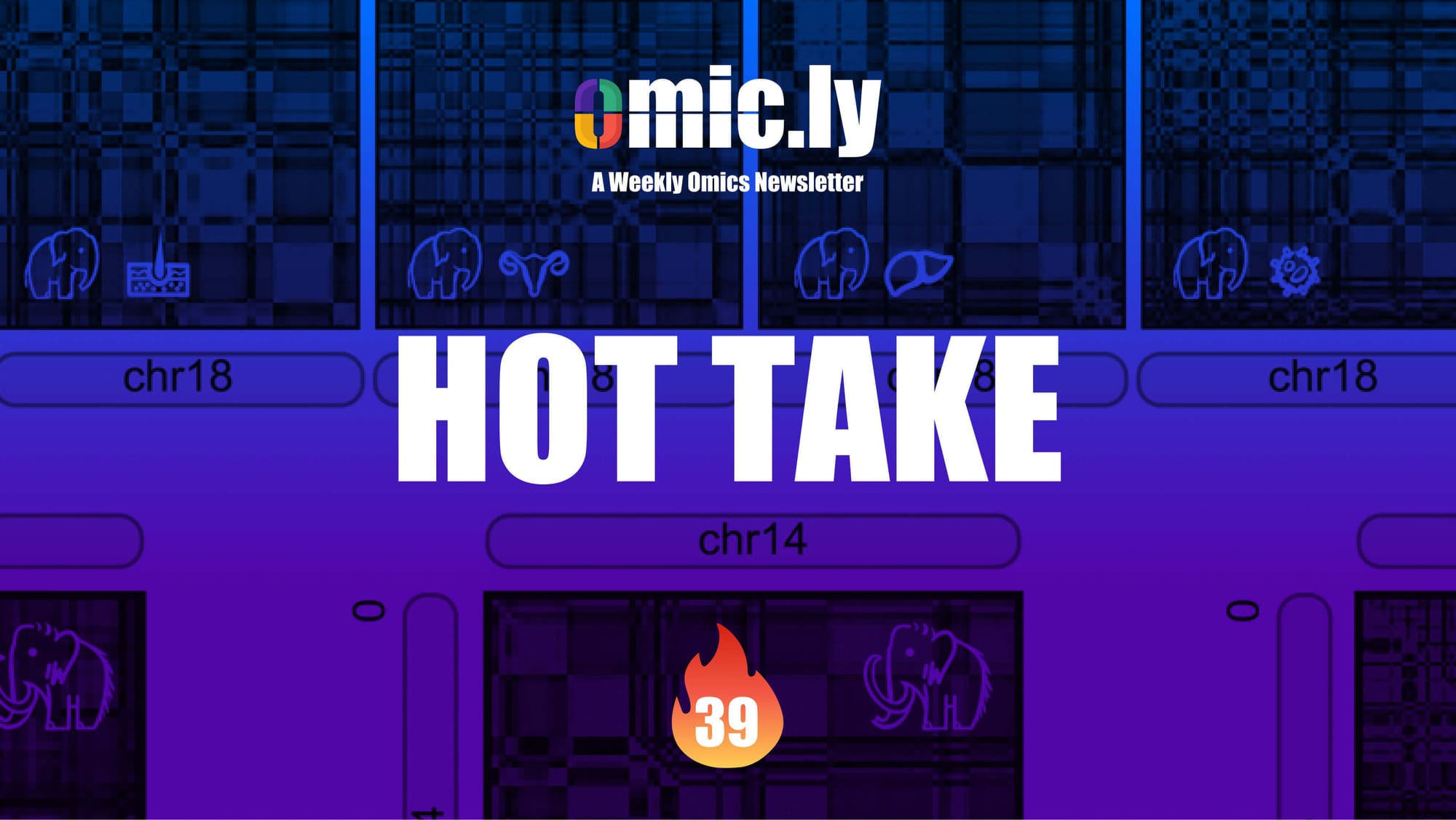Illumina recently courted investors with a presentation on how their new product R&D pipeline is going to resurrect the Illumina stock price
HOT TAKE: Illumina seemingly resuscitates the 'academic' playbook to get back to growth.

HOT TAKE: Illumina seemingly resuscitates the 'academic' playbook to get back to growth.
